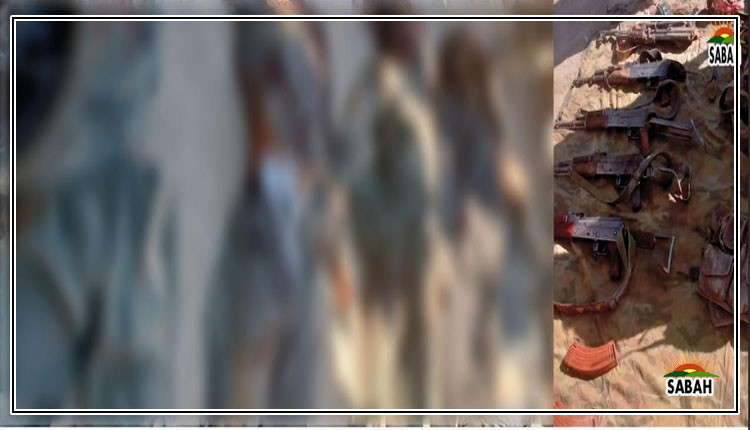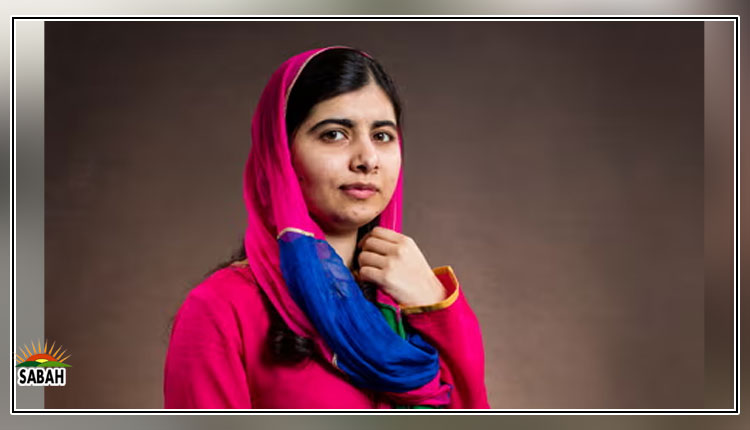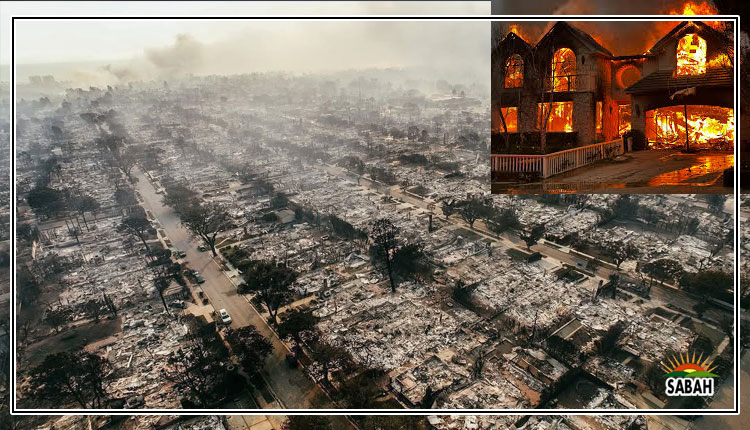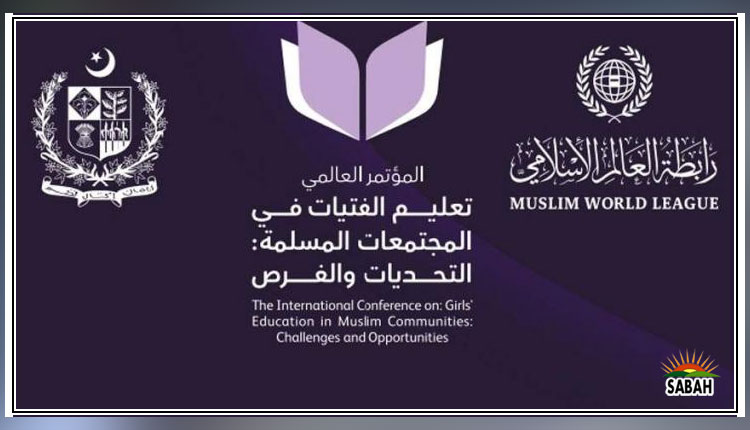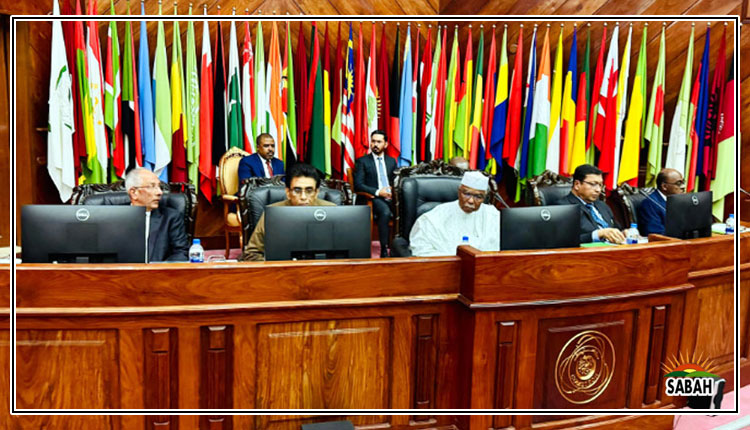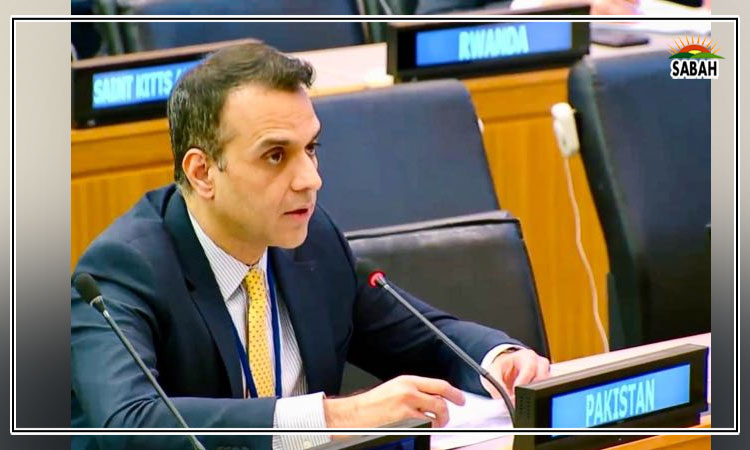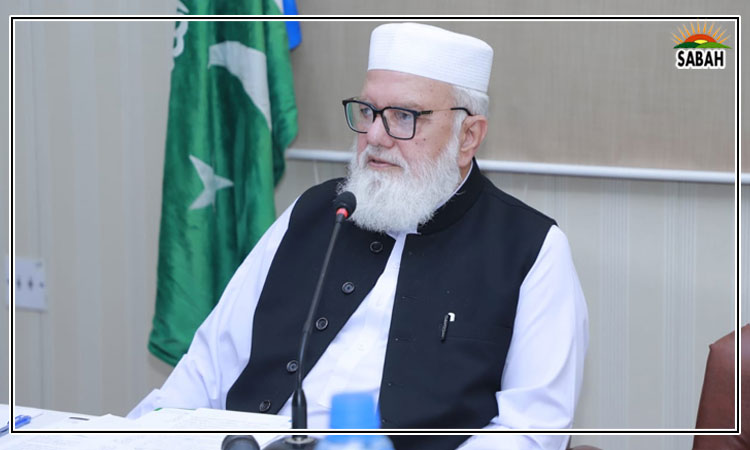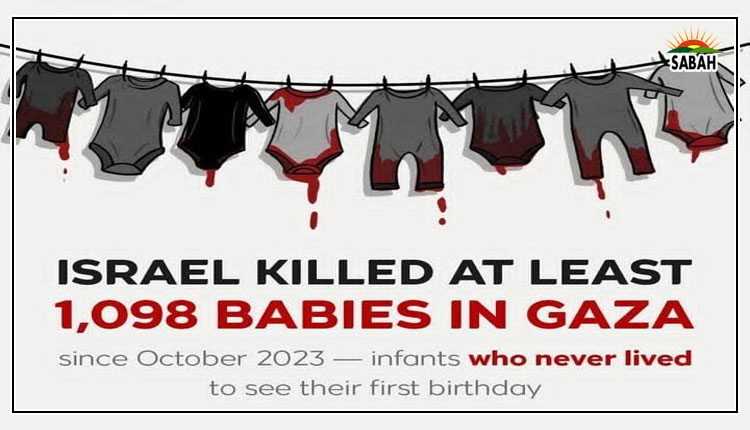Culture in times of trouble…Ghazi Salahuddin
In an environment ridden with conflict and uncertainty, the Arts Council of Pakistan (in Karachi) is celebrating culture with an unprecedented show of artistic exuberance and creative excellence. What does this mean?
Well, there are many ways in which I could underline the significance of the World Culture Festival that was launched in Karachi on Thursday. It will continue for more than a month, presenting an entire range of performances by groups invited from 40 countries.
But, essentially, the point to be made is that culture can heal a wounded society. It can be argued that lack of artistic, cultural and literary activities is one important reason why Pakistan is infested with religious extremism and intolerance. It is so difficult to be rational in our social and political behaviour.
Based on my encounter with the inaugural session and the main presentation on Friday, I would say that Karachi has never had this kind of commemoration of art and culture. There is a particular focus on visual arts, dance and theatre. We have an opportunity, here, to understand how art forms and cultural expressions can strengthen a societys response to its social problems, such as conflict and violence and injustice.
Actually, I am happy to have this peg of the World Culture Festival because there is another issue that I want to write about this week. In my view, the two are interlinked in some ways. And what is that other issue?
Last week, my column was a rather grim and mournful account of the extrajudicial murder of Dr Shahnawaz Kunbhar of Umerkot after he was alleged to have committed blasphemy. The real horror of it was how the police officers were garlanded for their act and how even the body of the person who was certified as mentally sick was snatched by the zealots and burnt.
Against this backdrop, the holding of a grand cultural festival of global reach can rightly be applauded as a necessary venture. It was so relevant that Ahmed Shah, the moving force behind the Art Councils high initiatives, emphasized the power of art, music and culture in his remarks at the inauguration. Cultural activism is the name of the game.
However, there is a very important follow-up to the murder of a man suspected of committing blasphemy that I had written about last week. The details of the horrible tragedy evoked such outrage in the civil society of this region in Sindh that some kind of a campaign is taking shape to counter religious fanaticism and the tendency of the rulers to tolerate such violence and militancy.
To begin with, it was a little surprising that a repetition of what allegations of blasphemy had prompted in other parts of the country was enacted in a place that is known for its social harmony and Sufi traditions, particularly with the presence of a large Hindu population. Anyhow, it is now encouraging that Sindhs intelligentsia is making its presence felt.
Large and enthusiastic protests have been held in many places. The largest of them have taken place in Umerkot. It is a reaction that has not been seen in the case of so many murders and lynchings of suspected blasphemers by angry mobs, mainly in Punjab. It is a passion that is evidently beyond the control of the authorities.
I think that the social activism in Sindh that we are seeing now deserves to be carefully studied by a social scientist. Where has it come from? Does it have any potential for growth? Can leaders of society invest this protest in building a movement for progressive and liberal causes?
In this respect, cultural and social activism go together. A protest by human rights defenders that is held on a thoroughfare should have the same purpose as a play on a pertinent issue that is staged in a secure auditorium. So, it may seem really odd but there may be some unseen connection between the very large crowd that was gathered in Umerkot and, say, the emotionally uplifting presentation of South Africas Jazzart Dance Theatre at the Arts Council on Thursday.
One encouraging development in the case of the Umerkot-based doctors murder was reported also on Thursday. Initially, the administration had suspended the police officers who had rejoiced in the killing by accepting the garlands from the clerics and had ordered an inquiry. The findings of this inquiry report were presented by Sindh Home Minister Ziaul Hasan Lanjar in a press conference.
The report confirmed that Dr Shahnawaz was arrested by the Karachi police and was handed over to Mirpurkhas police who killed him in a managed encounter and tried to give it a legal cover but failed. It added: Serious violations of procedures and rules were undertaken by the command of Mirpurkhas range/division, Mirpurkhas police and Umerkot police, including celebrations and jubilations and the way the encounter was portrayed on various platforms.
Naturally, strict departmental action is proposed against all the police officials who were involved. But the story that is related in the report demands a lot more, including an investigation of the mindset that exists in the police force. There appears to be something fundamentally wrong in how law-enforcement agencies deal with sensitive issues.
In a different context, it is not easy to assess the impact and the reach of various social and cultural groups that are engaged in the struggle for progressive social change. But there are certainly a large number of people and organizations that are there in the field, though the onslaught of the fanatics and the bigots remains formidable.
In this tussle, the rulers do not seem to have chosen their sides. In fact, the way social activists and human rights defenders are hounded and persecuted would show that the authorities, now confronting terrorism and extremist violence, have yet to learn their lessons. Obviously, they are not very interested in arts and culture and human values.
The writer is a senior journalist. He can be reached at: ghazi_salahuddin@hotmail.com
Courtesy The News


